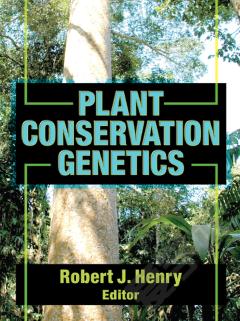Genetic Diversity of Cultivated Tropical Plants
It was in the 1960s that the scientific community first became aware of the threat that disruption of natural environments posed to the germplasm of numerous cultivated species. It began working to collect that germplasm, and a multitude of collections were set up worldwide. These collections are now so large that they are proving difficult to maintain and characterize, and their management has become a crucial issue. Germplasm conservation, evaluation, and use all need to be rethought. In response to those concerns, Frankel and Brown introduced the idea of core collections in the 1980s: a sample of accessions from a larger collection is taken to provide as accurate a picture as possible of the existing range of diversity. However, what criteria and tools should be used to put together the sample? Agronomic criteria are primordial for breeders but are sometimes difficult to evaluate, and their genetic determinism is often complex. Molecular genetic markers, which are of no direct use, reveal the structure of the existing diversity, which can be used as the basis for setting up a core collection. Little is known about the relationships between these two levels of variability: Are the different types of molecular markers equivalent? Does a strong molecular structure systematically mean a strong structure based on agronomic criteria as well? Do the two types of structure necessarily tally? Statistical tools, which can be used to analyse the resemblances between individuals or populations, are essential in identifying the structure of diversity, if indeed it is structured. But which method is most appropriate for each type of marker? How reliable is the picture it gives of diversity and what biological significance can it be assumed to have? This work goes some way towards answering those questions on the basis of a study of the genetic diversity of eleven tropical plants. Three methodological chapters-on biochemical and molecular markers, data analysis, and setting up core collections-complement the study. (Resume d'auteur)
{{comment.content}}








 京公网安备 11010802027623号
京公网安备 11010802027623号